
The tradition of digging or drilling holes to concrete in timber piles for typical New Zealand house and deck foundations is a widely used system. But when looked at in detail, this method is both slow, wasteful and often has unknown elements that lead to delays — and thats before the weather is factored in.
The process of digging, waiting for excavation inspections, pouring concrete, stripping temporary bracing and cutting piles to height is a process that will take a minimum of two or three days, and produces a bin of waste to go to landfill, and a large amount of spoil to truck off site. Multiple site trips by contractors and delivery trucks adds to the inefficiency and carbon emissions.
In contrast, a groundscrew foundation is installed and ready to build on in a single day (or less!). There is no impact on the ground, so nothing to clear up.
The groundscrews are set to a laser level datum and therefore create zero waste, and the fact StopDigging!'s comprehensive system is certified by CodeMark means no onsite inspections required. This eliminates a large number of site trips by engineers, contractors and delivery trucks.
A completed house foundation in a single day, with zero waste and low carbon footprint is available NOW with the StopDigging! groundscrew system. Backed up by CodeMark, StopDigging! offer a pre-engineered solution that is also simple to specify and gain building consent for — this allows the highest form of product assurance available in NZ today.
When you also consider the fact that for temporary buildings the groundscrews can be unscrewed and re-used, the sustainability of the system becomes second to none.
Groundscrews have significant less CO2 emissions than both a timber pile or a concrete slab foundation, as shown in StopDigging!'s emissions summary and lifecycle assessment produced by MyImprint.













 Case Studies
Case Studies









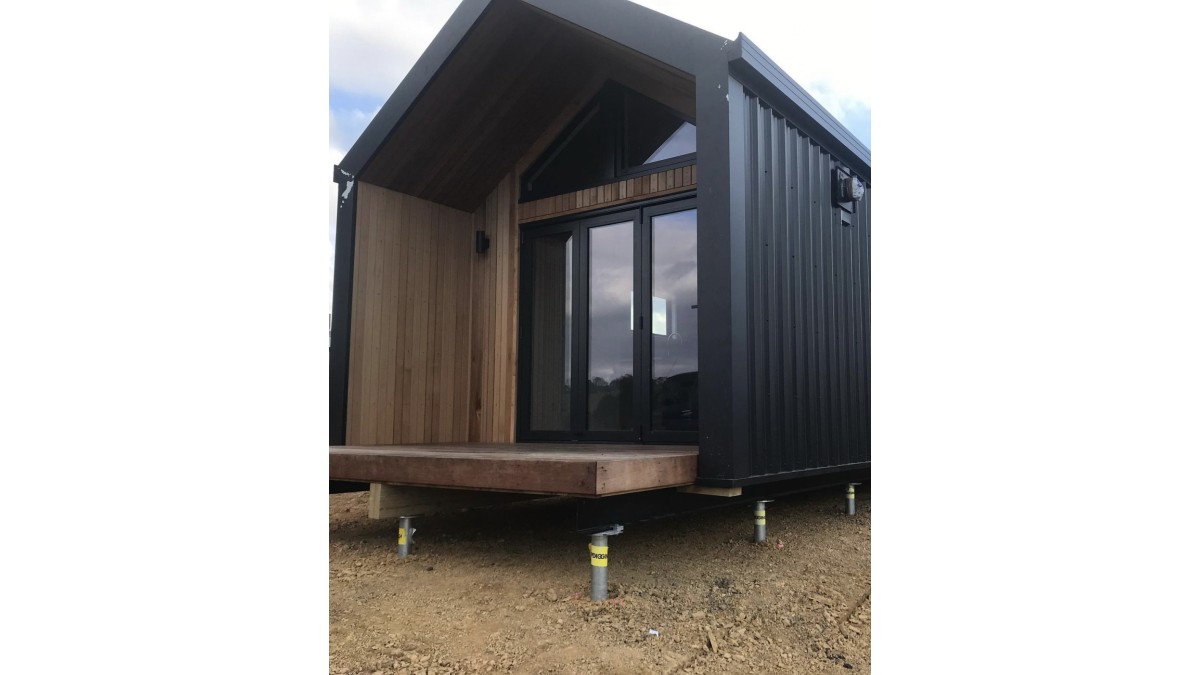
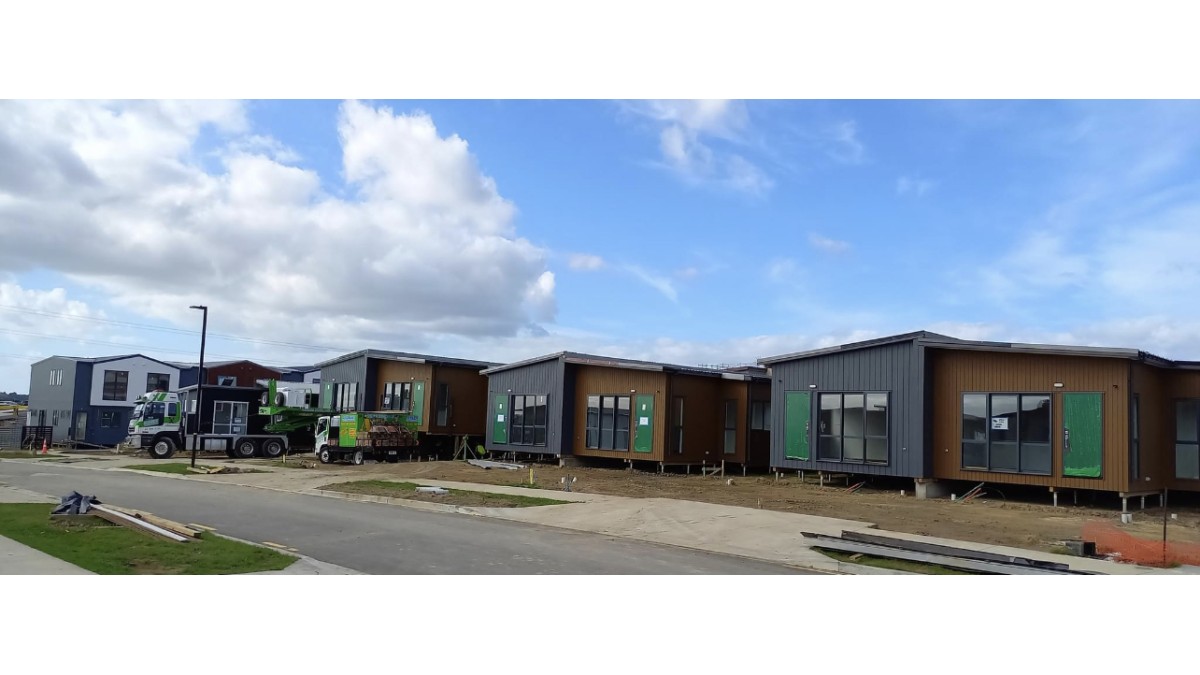
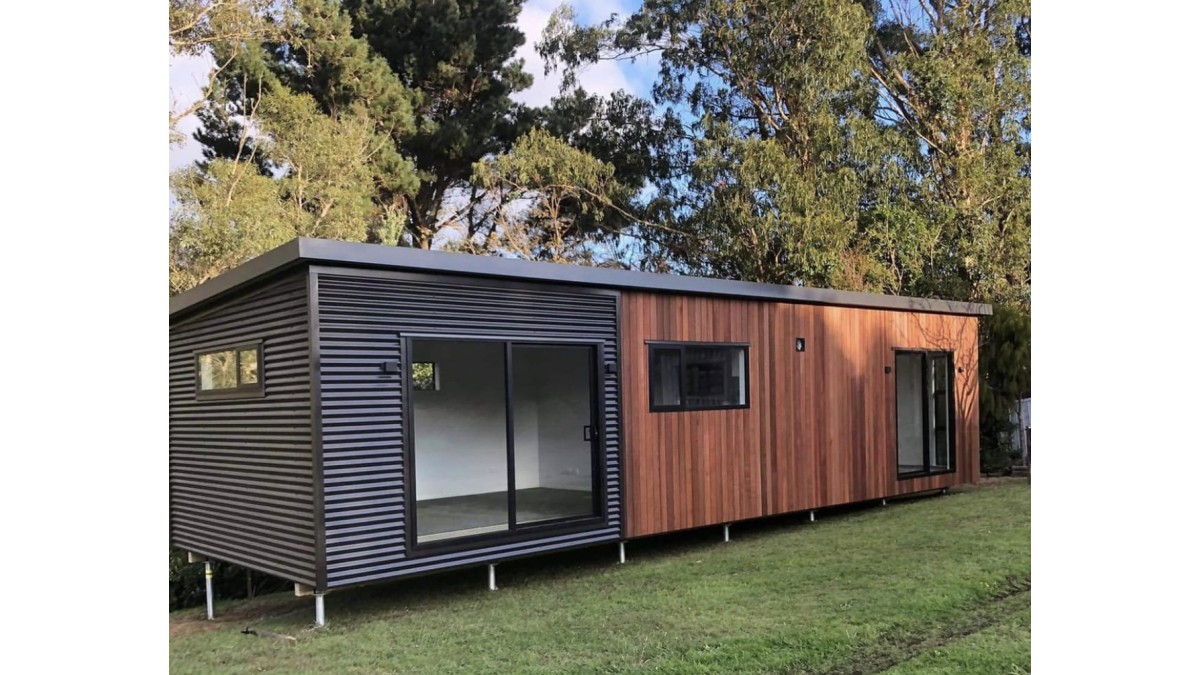


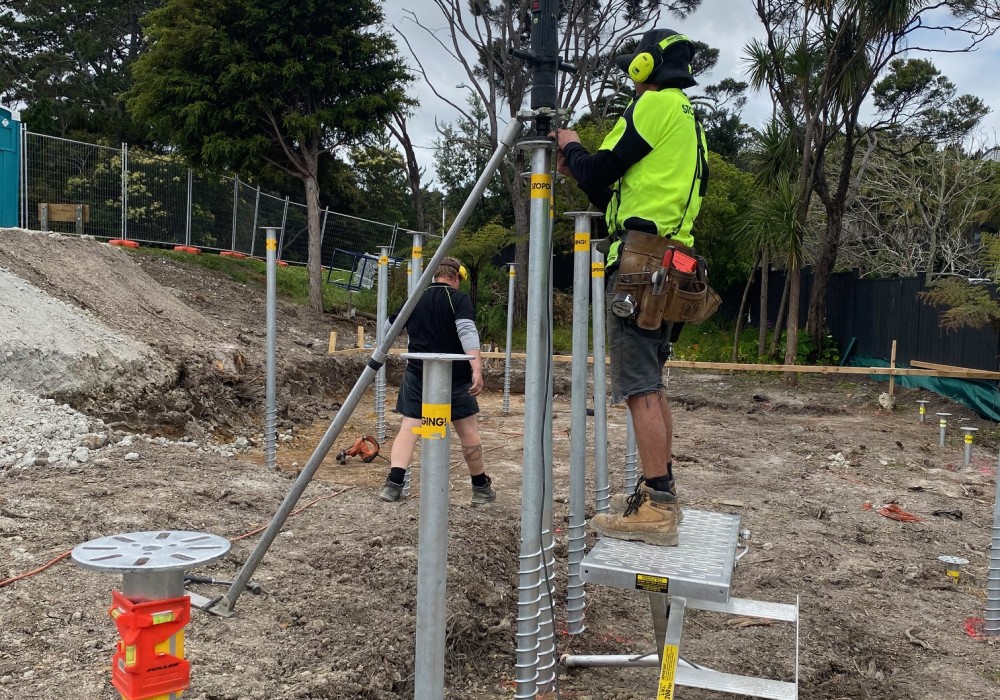

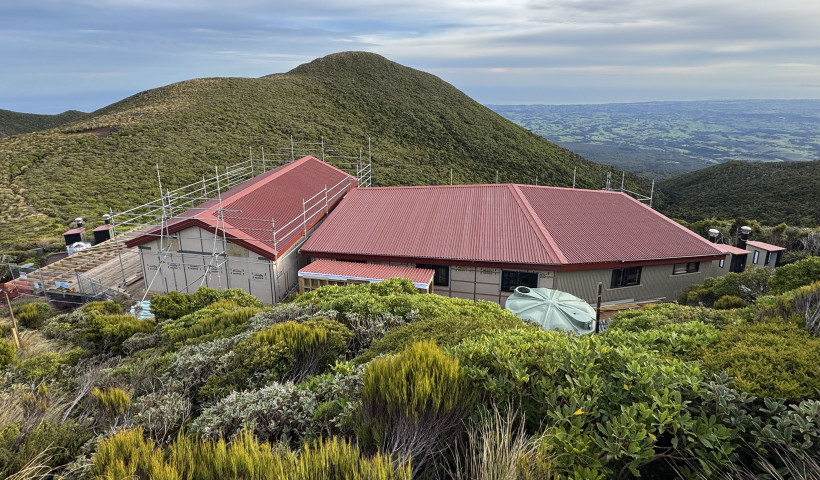
 Popular Products from StopDigging!
Popular Products from StopDigging!


 Most Popular
Most Popular


 Popular Blog Posts
Popular Blog Posts